Feed-grade minerals and trace elements are essential nutrients added to animal feed to ensure the health, growth, and proper functioning of livestock. These nutrients are required in relatively small amounts, but they play a crucial role in various physiological processes, enzyme functions, and overall animal well-being.
Feed-grade minerals and trace elements are typically incorporated into animal feed formulations to meet the specific dietary needs of different species and production stages.
Examples of feed grade minerals and trace elements include calcium, phosphorus, magnesium, sodium, potassium, iron, zinc, copper, manganese, selenium, and iodine. These can be added to animal feed in various forms, such as salts, oxides, chelates, and complexes.
Some common feed-grade minerals and trace elements include:
Calcium: Essential for bone development, muscle function, blood clotting, and nervous system health.
Phosphorus: Vital for bone and teeth formation, energy metabolism, and various cellular processes.
Magnesium: Required for enzyme activation, muscle function, and nerve transmission.
Sodium and Chlorine: Electrolytes that regulate fluid balance, acid-base equilibrium, and nerve impulses.
Potassium: Important for muscle and nerve function, as well as maintaining fluid balance.
Iron: Essential for oxygen transport and energy production, preventing anemia.
Copper: Important for connective tissue formation, iron metabolism, and immune function.
Zinc: Essential for enzyme activity, immune function, skin health, and wound healing.
Manganese: Necessary for bone formation, enzyme activation, and reproductive health.
Selenium: An antioxidant that supports immune function and thyroid health.
Iodine: Essential for thyroid hormone production, which regulates metabolism.
Cobalt: Required for vitamin B12 synthesis in ruminants, which aids in energy metabolism.
Molybdenum: Necessary for enzyme activity and nitrogen metabolism.
The utilization of feed-grade minerals and trace elements products is a fundamental aspect of modern animal husbandry. The integration of these essential nutrients into animal feed is a meticulous process that hinges on several pivotal factors including the specific animal species, developmental stage, and physiological demands.
Additionally, the precise determination of the requisite amounts of these nutrients, tailored to factors such as age, weight, and dietary composition, is imperative to achieve optimal growth, health, and productivity in livestock. The discerning formulations that underpin these products adhere to rigorous regulatory frameworks and exacting quality standards. This diligence ensures not only the efficacy of the feed but also the safety and well-being of the animals that consume them.
In essence, the strategic incorporation of feed-grade minerals and trace elements is a cornerstone of modern animal nutrition, facilitating the attainment of desirable outcomes in livestock production.
+more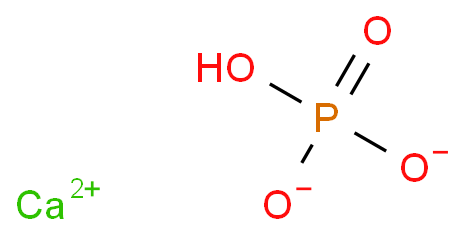 |
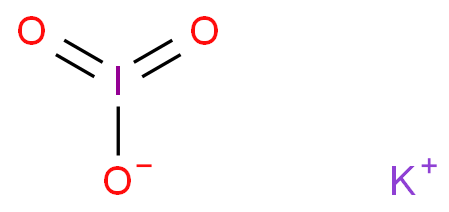 |
 |
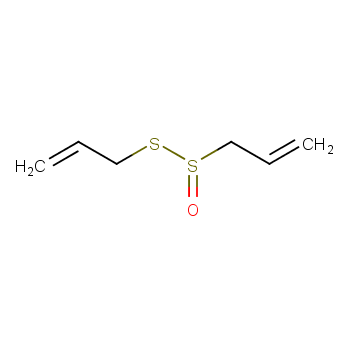 |
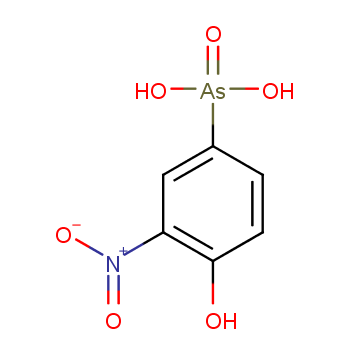 |
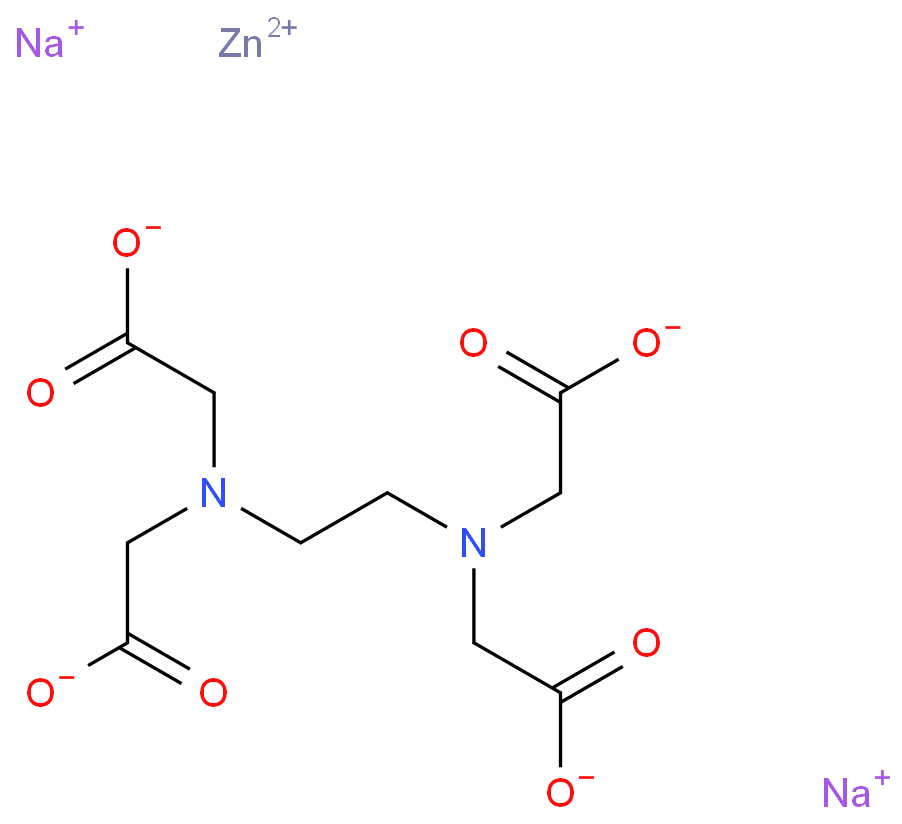 |
 |
 |
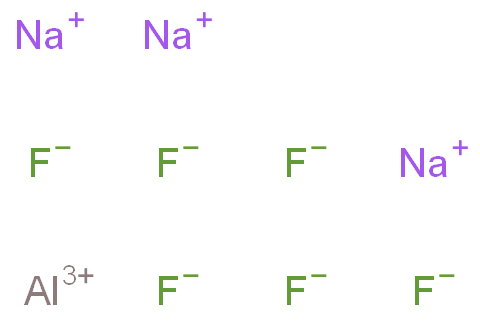 |
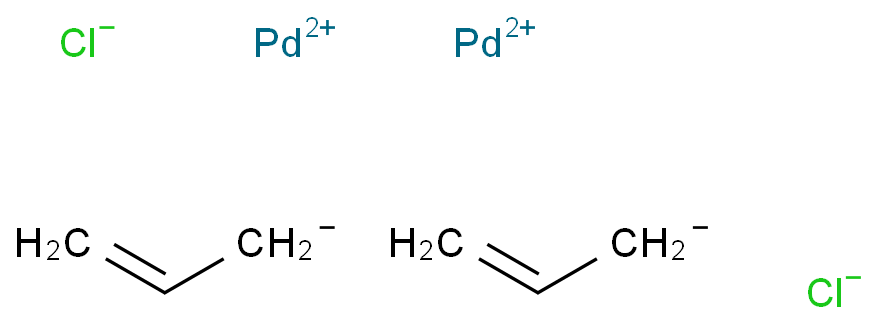 |
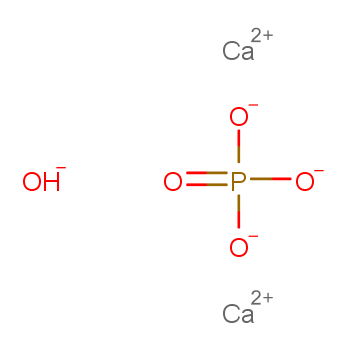 |
 |
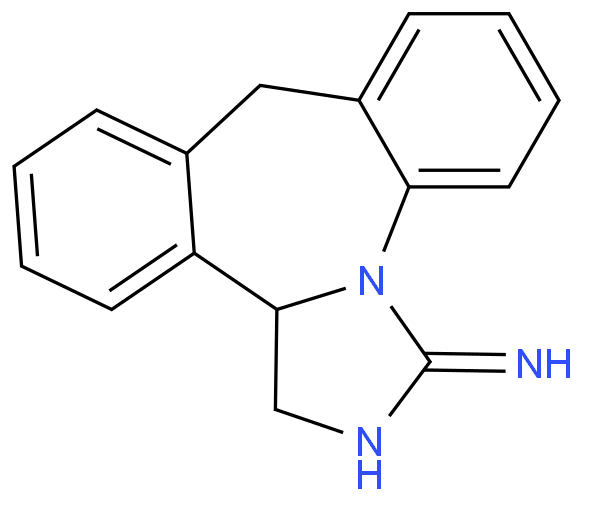 |
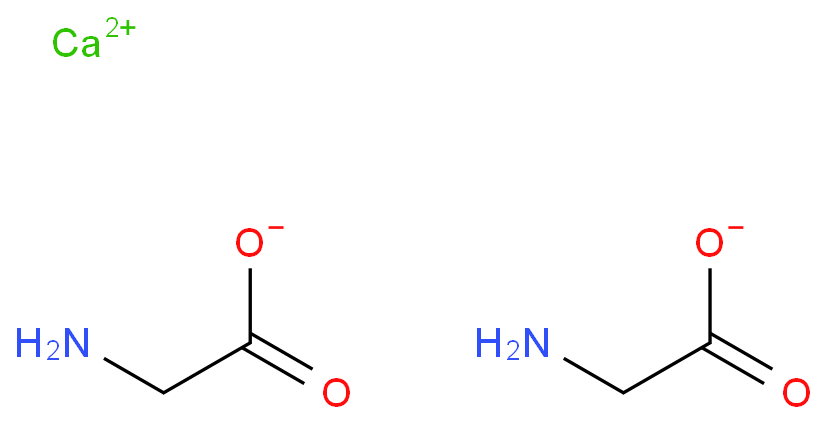 |
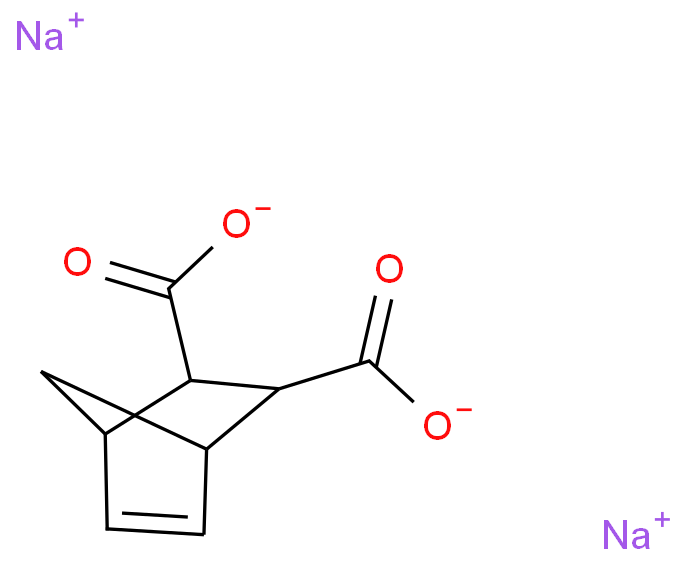 |
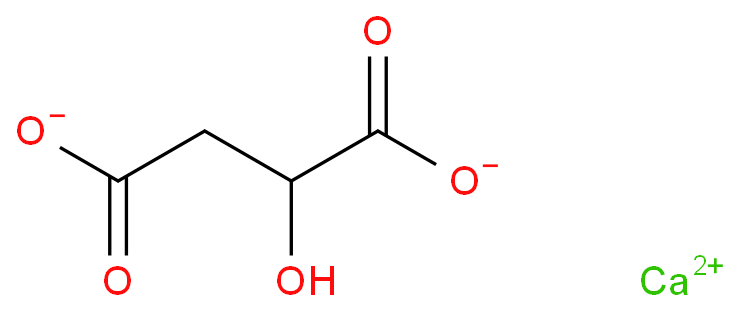 |
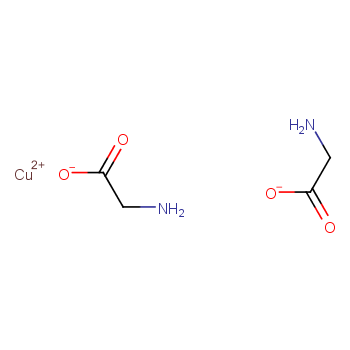 |
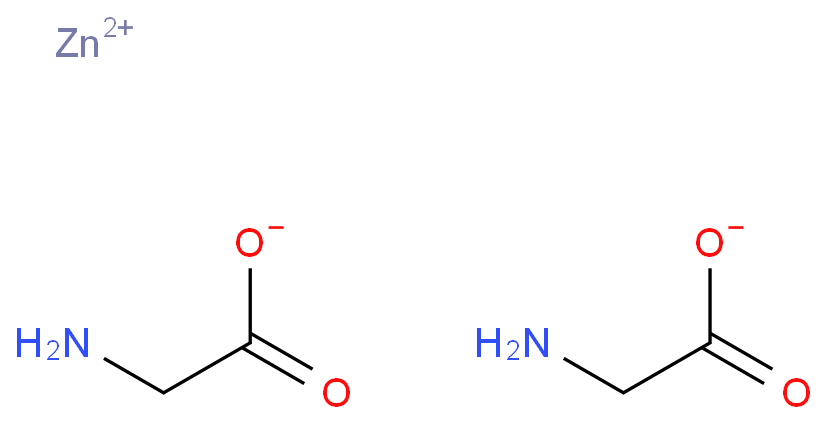 |
 |
 |